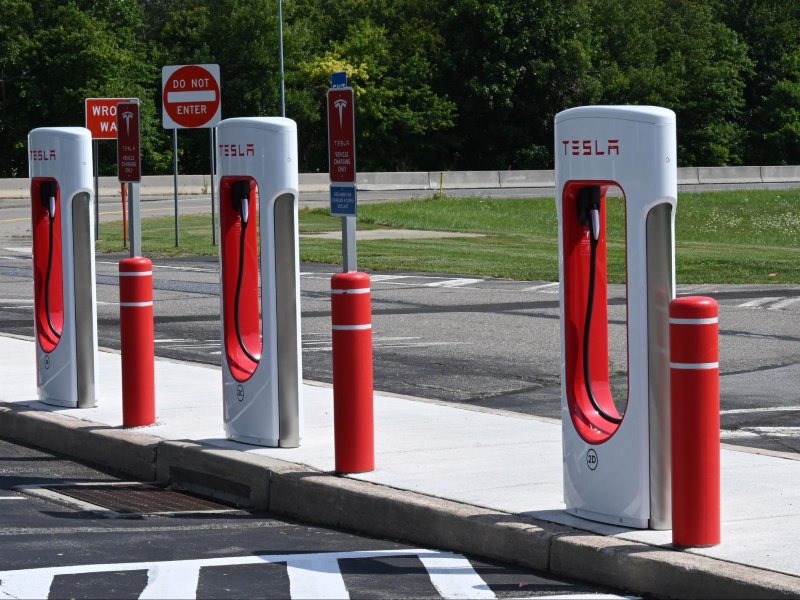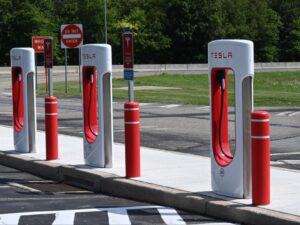The rise of electric vehicles (EVs) has ushered in a new era of transportation, one characterized by reduced emissions and greater energy efficiency. As the EV market continues to expand, the importance of charging infrastructure becomes increasingly evident. However, the success of EV charging networks doesn’t solely depend on the number of charging stations; their strategic siting and location play a pivotal role in ensuring maximum impact and convenience for users.
Understanding the Science of Siting
Siting charging stations is more than just selecting random spots. It’s a scientific and strategic endeavor that requires a deep understanding of human behavior, traffic patterns, and urban planning principles. The goal is to create a network of charging stations that seamlessly integrates with people’s daily lives, encouraging EV adoption and usage.
One of the key considerations when siting charging stations is high-traffic areas. Placing charging stations along major roads, highways, and popular routes maximizes their visibility and accessibility. These high-traffic zones not only attract the attention of potential EV owners but also offer convenience to existing ones, making charging an effortless part of their journeys.
Urban Planning and Accessibility
Urban planning plays a crucial role in determining where charging stations should be located. Integrating charging infrastructure into urban planning initiatives ensures that EV charging becomes an integral part of the city’s transportation ecosystem. This involves collaborating with city officials, transportation departments, and developers to identify optimal locations for charging stations.
Public spaces, commercial centers, and areas with high foot traffic are excellent candidates for charging station siting. Placing charging stations near shopping malls, restaurants, and entertainment venues creates a synergy between charging and leisure activities, encouraging users to make the most of their charging time.
Proximity to Major Routes
Charging stations located near major routes and highways are essential for long-distance EV travel. These stations provide peace of mind to EV owners embarking on road trips, knowing they have reliable charging options along their journey. The convenience of fast charging along these routes can sway potential EV buyers who might have concerns about long trips.
Moreover, charging stations near major routes contribute to reducing range anxiety—a common concern among EV owners. The presence of strategically placed charging infrastructure reassures drivers that they won’t be left stranded with a depleted battery.
Employing Data-Driven Insights
The art of siting charging stations is increasingly becoming data-driven. Leveraging data analytics helps identify optimal locations based on factors such as traffic flow, demographic data, and existing charging infrastructure. This approach ensures that the placement of charging stations aligns with real-world usage patterns and user behaviors.
Using data, operators can also monitor charging station usage and adjust siting strategies accordingly. If certain stations are consistently overloaded while others remain underutilized, adjustments can be made to balance the load and ensure equitable access to charging.
Community Engagement and Partnerships
Engaging with local communities and forming partnerships is a vital aspect of siting charging stations. Communities play an active role in the success of EV adoption, and their input can help identify ideal charging locations that benefit both residents and visitors.
Partnering with businesses, municipalities, and property developers can lead to win-win situations. Businesses can attract EV-owning customers, municipalities can promote sustainability, and property developers can enhance the value of their projects by offering EV charging amenities.
Future-Proofing the Network
As EV technology and user habits evolve, the importance of flexible siting strategies becomes evident. The rapid advancement of EV batteries and charging technology may influence the ideal siting of charging stations in the future. As charging speeds increase and battery ranges extend, users may seek shorter, more frequent charging sessions. This could lead to a shift in siting, favoring locations that cater to quick top-ups rather than long charging sessions.
Conclusion: The Art and Science of EV Charging Siting
In the grand scheme of promoting electric mobility, the siting and location of charging stations hold tremendous significance. It’s an art that blends urban planning, data analysis, user behavior insights, and community engagement. Charging stations strategically placed in high-traffic areas, along major routes, and near urban centers serve as catalysts for EV adoption, making charging an effortless and seamless experience.By delving into the art and science of siting charging stations, stakeholders in the EV ecosystem can pave the way for a future where EVs are not only the norm but also the embodiment of convenience, accessibility, and sustainability. Through thoughtful siting, we sculpt the landscape of sustainable transportation and steer the world toward a greener future.






